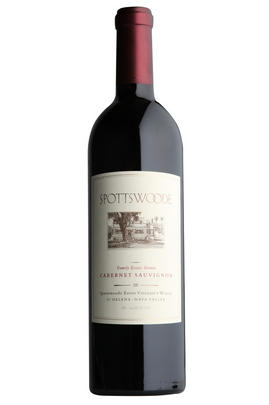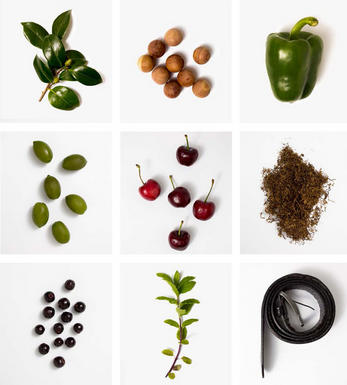
2016 Spottswoode, Cabernet Sauvignon, St Helena, Napa Valley, California,USA

About this WINE

Spottswoode Estate
Spottswoode is a historic, family-owned Napa vineyard and winery renowned for its exceptional Cabernet Sauvignon. Established in 1882 by George Schonewald, the estate is distinguished by the pre-Prohibition Victorian building depicted on the wine label. Spottswoode was named by Mrs. Albert Spotts in 1910, and it was acquired by Mary and Jack Novak in 1972. Mary released Spottswoode’s first Cabernet Sauvignon in 1982, exactly one hundred years after the estate was founded.
Situated on the western edge of St. Helena at the foot of the Mayacamas Mountains, the Spottswoode terroir is ideal for growing fine wine grape varieties. The forty acres are given primarily to Cabernet Sauvignon, with small blocks of Cabernet Franc, Petit Verdot, and Sauvignon Blanc. The estate has been farmed organically since 1985, and the vineyard was certified organic in 1992.
Today, Mary’s daughters are at the helm: Beth Novak Milliken manages the winery, and Lindy Novak oversees national marketing.

Cabernet Sauvignon
The most famous red wine grape in the world and one of the most widely planted.
It is adaptable to a wide range of soils, although it performs particularly well on well-drained, low-fertile soils. It has small, dusty, black-blue berries with thick skins that produce deeply coloured, full-bodied wines with notable tannins. Its spiritual home is the Médoc and Graves regions of Bordeaux where it thrives on the well-drained gravel-rich soils producing tannic wines with piercing blackcurrant fruits that develop complex cedarwood and cigar box nuances when fully mature.
The grape is widely planted in California where Cabernet Sauvignon based wines are distinguished by their rich mixture of cassis, mint, eucalyptus and vanilla oak. It is planted across Australia and with particular success in Coonawarra where it is suited to the famed Terra Rossa soil. In Italy barrique aged Cabernet Sauvignon is a key component in Super Tuscans such as Tignanello and Sassicaia, either on its own or as part of a blend with Sangiovese.


Buying options
Add to wishlist
Description
Deep garnet-purple in color, the 2016 Cabernet Sauvignon is still very tight and youthful, slowly unfurling to reveal a multifaceted wine with tons of black, blue and red fruit sparks—plums, cherries, black currants and red currants—with dark chocolate, cedar chest, black tea and red roses in the background plus wafts of pencil lead and prosciutto. Medium-bodied and firmly textured by superbly ripe, grainy tannins, it has a fantastic core of intense, complex layers, finishing on an edifying mineral note. Wow! 2022-2060.
Lisa Perrotti-Brown, Wine Advocate
wine at a glance
Delivery and quality guarantee